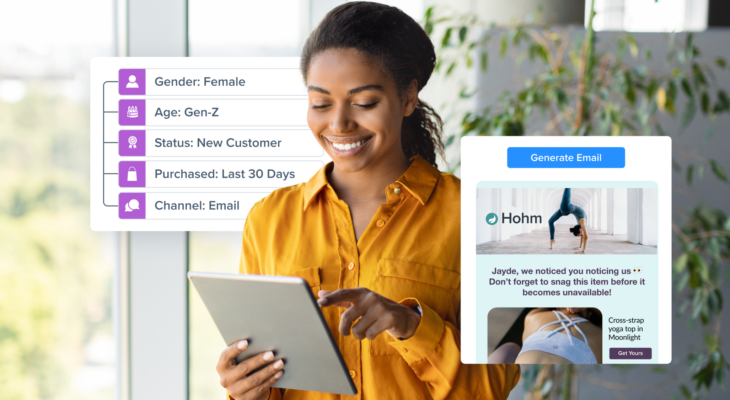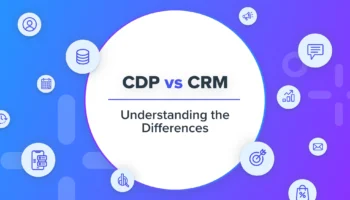Imagine having a tireless, intelligent ally that can transform your marketing strategies overnight—that’s the promise of AI assistants. These advanced tools are not just changing the rules; they’re rewriting the entire playbook for how brands engage with their audiences, driving efficiency, creativity, and personalization like never before. AI assistants are transforming how marketers work, enhancing their ability to make smarter decisions and execute campaigns faster and more precisely.
Back in the day when Apple introduced its AI assistant, Siri, it initially appealed to a niche audience of tech enthusiasts, who were admired for its innovative voice recognition and witty responses but remained somewhat limited in functionality and appeal. Fast forward to today, and AI assistants have evolved from niche novelties to household staples. Amazon’s Alexa, for instance, a name that is now echoing in homes worldwide, has made lives easier by helping people manage everything from playlists and shopping lists to smart home devices. With names like Alexa, AI assistants have proven their versatility and indispensability, transforming how we live, work, and connect.
In 2022, approximately 142 million people in the United States interacted with voice assistants, which is expected to increase to 157.1 million users by 2026. As Blueshift co-founder and CEO Vijay Chittoor put it, “AI is no longer just a tool; it’s the backbone of modern marketing strategy, empowering brands to deliver the right message at the right time through the right channel.”
TL;DR:
AI assistants are reshaping how marketers work, combining automation, data intelligence, and personalization to deliver campaigns faster, smarter, and at scale. They reduce repetitive work, unlock creativity, and enable real-time, targeted engagement across channels.
- Efficiency boost: Automate time-consuming tasks so teams can focus on strategy and creativity.
- Deeper personalization: Analyze behavior and preferences to craft tailored messages that drive higher engagement.
- Data-driven decisions: Instantly process customer data for actionable insights and smarter targeting.
- Cost & time savings: Reduce manual labor and accelerate campaign launches without sacrificing quality.
- Scalable impact: Adapt seamlessly to growing data volumes and multi-channel campaigns.




